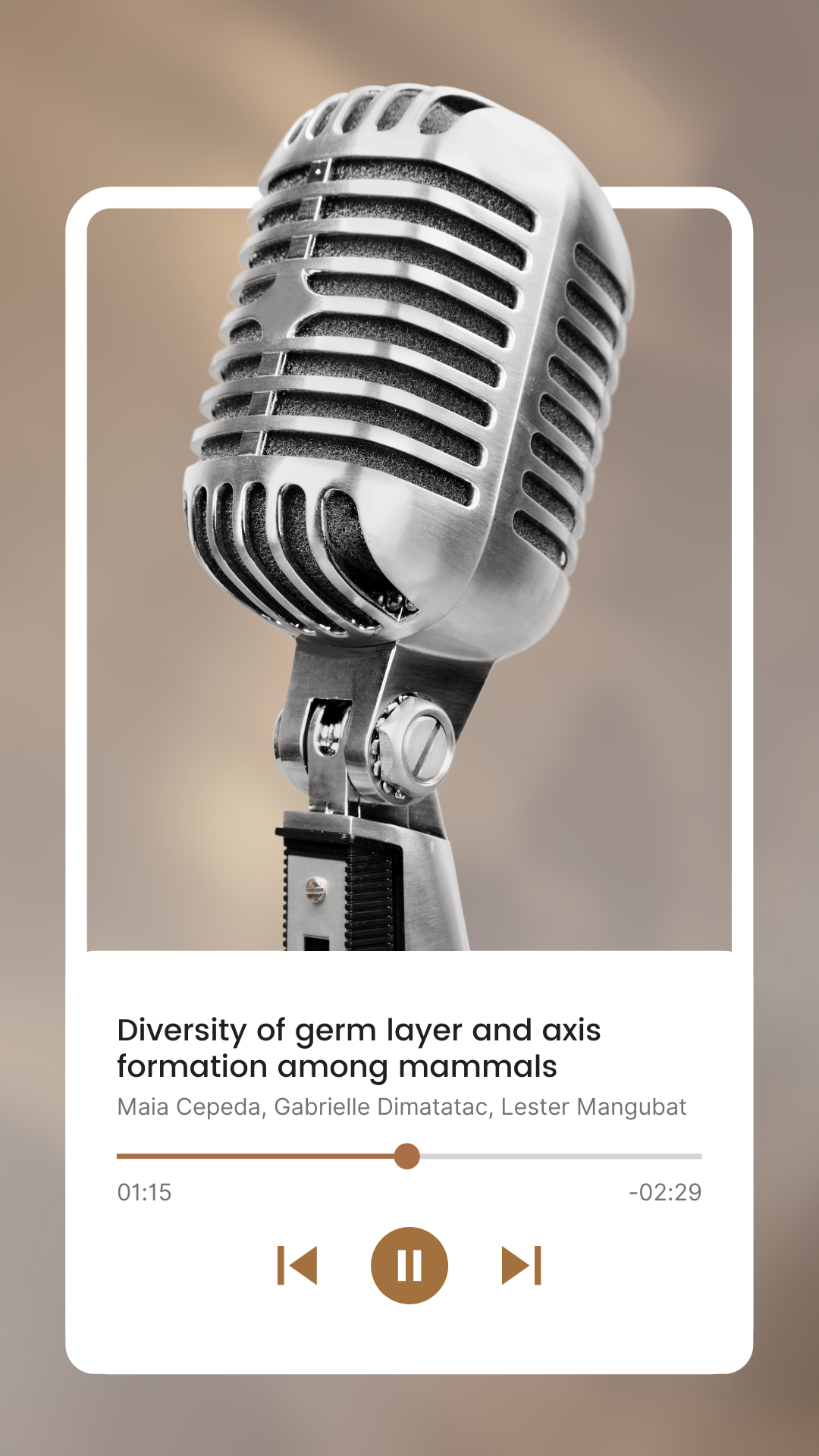Good day, Ma’am Leonardo! Our responses to your questions may be found below:
1. Does the difference in mitochondrial distribution have any effect on the egg?
Mitochondria play a significant role in mammalian reproduction as they are essential for optimal oocyte maturation, fertilization, and embryonic development and is emphasized in how there is a correlation between oocyte quality and the amounts of mtDNA and ATP present (Babayev & Seli, 2016). One way mitochondrial distribution is seen to affect the egg is in how mitochondrial distribution is generally indicative of oocyte maturity and quality. This relationship is highlighted in how increased levels of mitochondrial aggregation around the nucleus have been observed to indicate oocyte maturation and the inhibition of mitochondrial movement can affect cytoplasmic maturation and even arrest oocyte development (Wilding et al., 2001 as cited in Wang et al., 2009; Toerner et al., 2004 as cited in Wang et al., 2009). Another way mitochondrial distribution can affect the egg is seen in the mitochondrial cloud, or Balbiani body, which has significant influence over asymmetric mRNA localization but is not present in all mammals (Eakin & Behringer, 2004). The animal-vegetal axis is established during oogenesis by the Balbiani body, with implications of it determining the position of the axis itself (Elkouby et al., 2016). More studies need to be conducted to determine how the difference in mitochondrial distribution among species affects their respective egg cells as there are no sufficient studies to come up with a conclusive answer at this point in time. Despite this, a difference in mitochondrial distribution and activity attributed to Balbiani bodies may be due to different species having different modes or developmental timings of primordial germ cell specification (Marlow, 2010).
References:
Babayev, E., & Seli, E. (2015). Oocyte mitochondrial function and reproduction. Current Opinion in Obstetrics & Gynecology, 27(3), 175–181. https://doi.org/10.1097/gco.0000000000000164
Eakin, G. S., & Behringer, R. R. (2004). Diversity of germ layer and axis formation among mammals. Seminars in Cell & Developmental Biology,15(5), 619-629. doi:10.1016/j.semcdb.2004.04.008
Elkouby, Y. M., Jamieson-Lucy, A., & Mullins, M. C. (2016). Oocyte polarization is coupled to the chromosomal bouquet, a conserved polarized nuclear configuration in meiosis. PLOS Biology, 14(1). https://doi.org/10.1371/journal.pbio.1002335
Marlow, F. L. (2010). Oocyte polarity and the embryonic axes: The Balbiani body, an ancient oocyte asymmetry. In Maternal control of development in vertebrates: My mother made me do it! essay, Morgan & Claypool Life Sciences. Retrieved from https://www.ncbi.nlm.nih.gov/books/NBK53187/.
Wang, L.-ya, Wang, D.-hui, Zou, X.-yang, & Xu, C.-ming. (2009). Mitochondrial functions on oocytes and preimplantation embryos. Journal of Zhejiang University SCIENCE B, 10(7), 483–492. https://doi.org/10.1631/jzus.b0820379
2. Can you elaborate more on the unilaminar blastocyst? Are there advantages or disadvantages?
Like what was said in Eakin and Behringer’s 2004 study, a unilaminar blastocyst is a blastocyst without an inner cell mass, which would usually be where the embryo proper arises in mammals. Since the unilaminar blastocyst is merely a “fluid-filled vesicle composed of a single layer of cells” (Eakin & Behringer, 2004), it resembles a blastula more than a blastocyst; hence why it’s also called a mammalian blastula.
How exactly does an embryo develop without an ICM? According to Eakin and Behringer (2004), the embryo will only be able to develop once the unilaminar blastocyst becomes a bilaminar blastocyst. This process starts with the generation of the hypoblast and epiblast, leaving the other regions to be simply known as trophoblast cells. After these regions are established, “ICM-like structures appear later in development” (Eakin & Behringer, 2004). Although the reason behind the unilaminar blastocyst was not elaborated upon in the study, a separate research stipulated that “the mode of formation of the unilaminar blastocyst appeared to be influenced by the presence or absence of the yolk mass” (Selwood, 1986).
In terms of advantages and disadvantages, none were provided in the study and it is quite hard to find related literature on this, as well. Nonetheless, the group speculates that one advantage of the unilaminar and bilaminar blastocysts is the retained ability of mammals to develop an embryo despite not having an ICM. A disadvantage, on the other hand, is the prolonged embryo development. Instead of beginning with the ICM immediately, the hypoblast and epiblast must first be established and then ICM-like structures must arise before embryo development may commence.
References:
Eakin, G. S., & Behringer, R. R. (2004). Diversity of germ layer and axis formation among mammals. Seminars in Cell & Developmental Biology,15(5), 619-629. doi:10.1016/j.semcdb.2004.04.008
Selwood, L. (1986). The Marsupial Blastocyst - a Study of the Blastocysts in the Hill Collection. Australian Journal of Zoology,34(2), 177. doi:10.1071/zo9860177
3. Please elaborate on the extraembryonic membranes developed from the ICM? So for unilaminar blastocyst, where would these extraembryonic membranes arise?
The extraembryonic membranes from a unilaminar blastocyst will arise from a distinct disc of pluriblast cells that is apparent from one pole of the embryo. The cells from this disc proliferate and a group of cells drops down below to form the hypoblast. This is formed with the overlying cells of the disc which is called the epiblast. The remaining cells of the blastocyst are then called trophoblast cells. The unilaminar blastocyst is then converted into a bilaminar blastocyst through the proliferation and migration of the hypoblast cells lining the blastocyst cavity. As mentioned in the answer in Question #2, the embryo will only be able to develop once the unilaminar blastocyst becomes a bilaminar blastocyst. From this stage of development (where the bilaminar blastocyst has been formed), it will then proceed to form the embryo proper and its affiliated extraembryonic membranes.
References:
Schoenwolf, Gary C., and William J. Larsen. Larsen's Human Embryology. 4th ed. Philadelphia: Churchill Livingstone/Elsevier, 2009. Print.
Eakin, G. S., & Behringer, R. R. (2004). Diversity of germ layer and axis formation among mammals. Seminars in Cell & Developmental Biology, 15(5), 619–629. https://doi.org/10.1016/j.semcdb.2004.04.008
